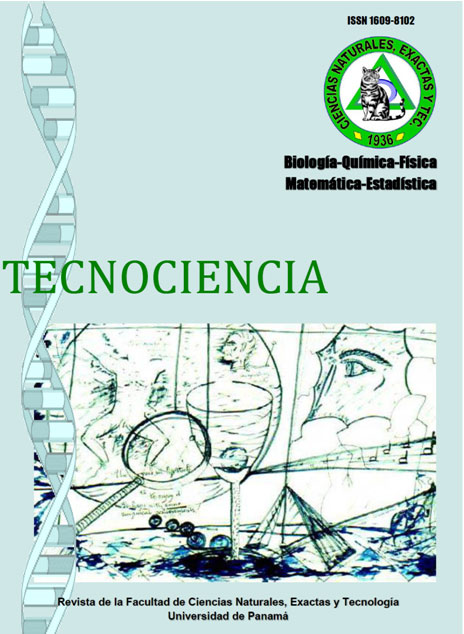

Mangroves are recognized as key environments for breeding and reproduction of fishes. To test this hypothesis we evaluated data on the size and reproductive conditions of snapper captured in the gulfs of Montijo and David, between 2010 and 2014. The main results indicate that the most abundant species captured are: Yellow snapper (Lutjanus argentiventris), Colorado snapper (L. colorado), Spotted rose snapper (L. guttatus) and the Pacific dog snapper (L. novemfasciatus). When sizes and reproductive status were analyzed, we found that Yellow snapper and Pacific dog snapper individuals were mostly represented by juveniles and sub-adults, Red snapper individuals were mostly juveniles and adults with gonads in early stages of development. The Spotted rose snapper was characterized by juveniles and adults in various stages of development, although their occurrence was localized to outer reaches of estuarine areas, outside of the mangrove area. The main conclusion of the present study is that red snapper species use the mangrove as a nursing ground for juveniles (Yellow and Pacific dog snapper) as well as a breeding ground for reentry of adults in early stages of gonad development (Colorado snapper), leaving for the continental shelf to spawn in open waters.